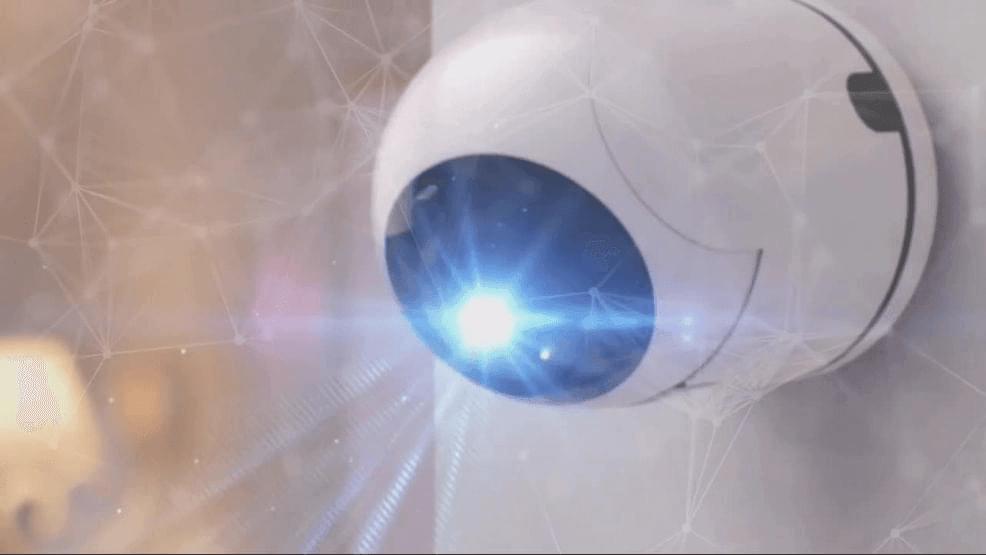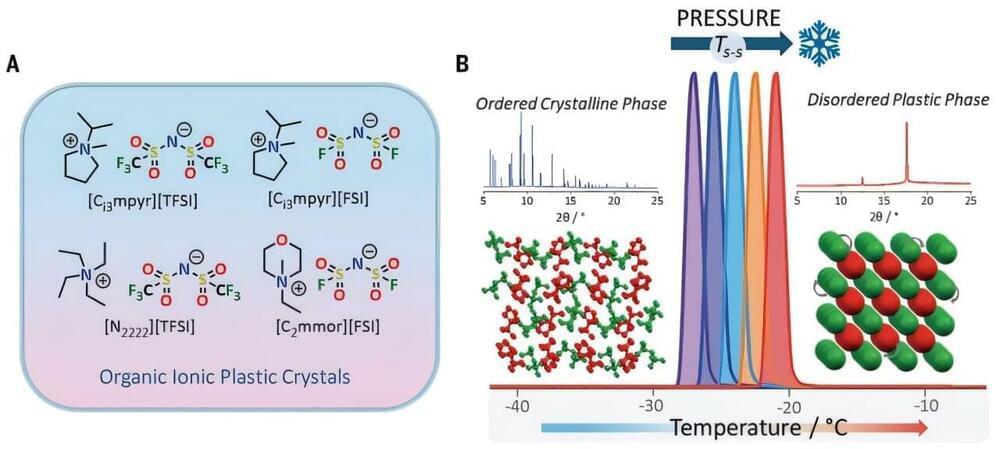It was easy to miss Dr. Robert Gray’s quick movements, tapping the screen of his smartphone at the beginning and end of patient visits on a recent day.
But Gray said those fast finger taps have changed his life. He was tapping an app that records discussions during his appointments and then uses artificial intelligence to find the relevant information, summarize it and zap it, within seconds, into each patient’s electronic medical record.
The technology was meticulously documenting each visit so Gray didn’t have to.








